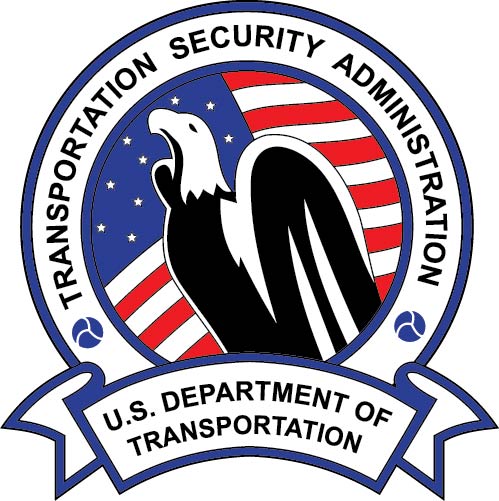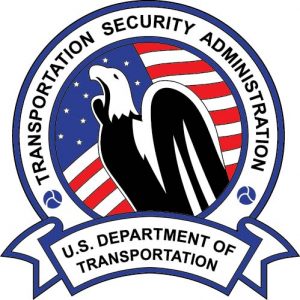
Approximately 740 million airline passengers are expected to be screened this year by the Transportation Security Administration (TSA). And the agency will screen those passengers with 12 percent fewer employees. The end results are increasingly long airport security lines and a growing number of complaints from air travelers who say they missed their flights as a result.
Even with the expected addition of 768 more screeners next month, that scant 2 percent increase in inspectors is not expected to significantly diminish security lines.
However, increased use of existing technology and more public-private partnerships (P3s/PPPs) may provide solutions, according to one TSA official.
 When government entities are faced with problems that have the capacity to affect millions of people, immediate solutions are sought, and that can mean contracting opportunities that occur rather quickly. Those with technology solutions will find government officials eager to listen to their proposals. And because P3s can be instituted more quickly than traditional procurement processes, they become a valuable tool for sharing both costs and benefits.
When government entities are faced with problems that have the capacity to affect millions of people, immediate solutions are sought, and that can mean contracting opportunities that occur rather quickly. Those with technology solutions will find government officials eager to listen to their proposals. And because P3s can be instituted more quickly than traditional procurement processes, they become a valuable tool for sharing both costs and benefits.
TSA Administrator Peter Neffenger told members of the American Association of Airport Executives at their recent conference that TSA is focused on improving both the efficiency and effectiveness of its passenger screenings. Neffenger placed much of the blame for longer screening lines on a 10-year-old security model that has never been updated. He also noted that technology now allows some aspects of the security equipment to be automated. Such new technology will be part of a pilot program at the nation’s busiest airport, Hartsfield-Jackson Atlanta International.
Some of that technology that is already available through private-sector firms can be made available to airports in short order through P3s. Saying he is a “big fan of evolving the system,” the TSA administrator said evolution of current systems to more efficient and effective systems that can be instituted by the private sector should be considered. Contracting opportunities could result for private-sector firms with the best solutions.
